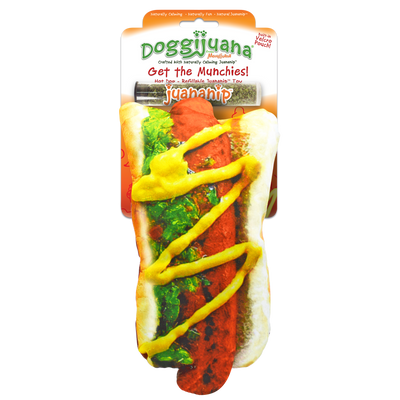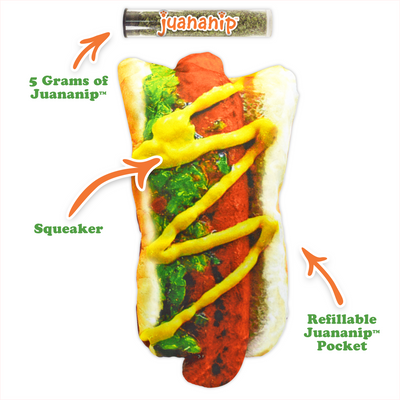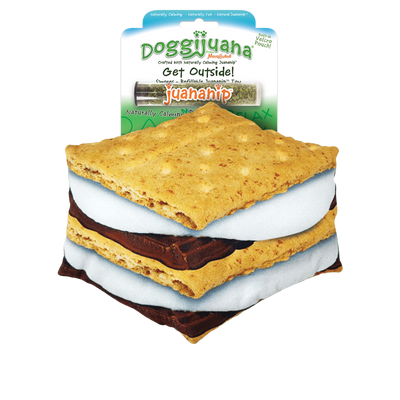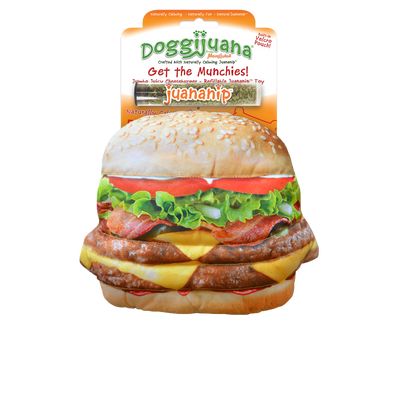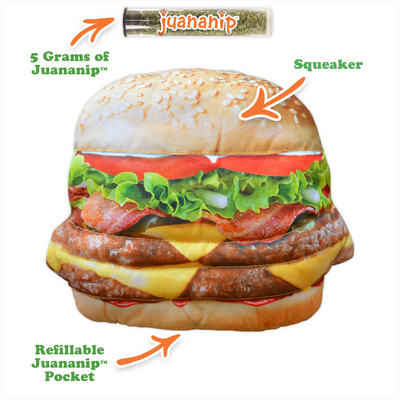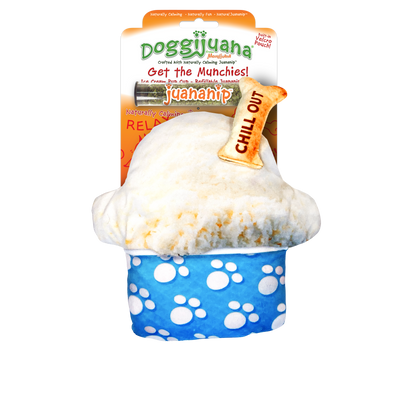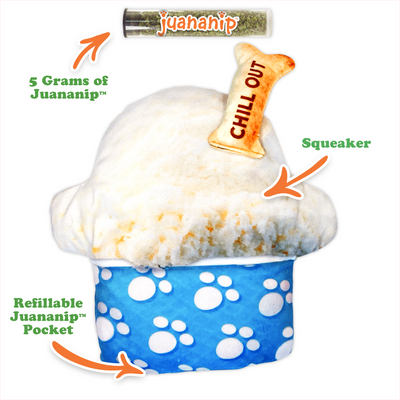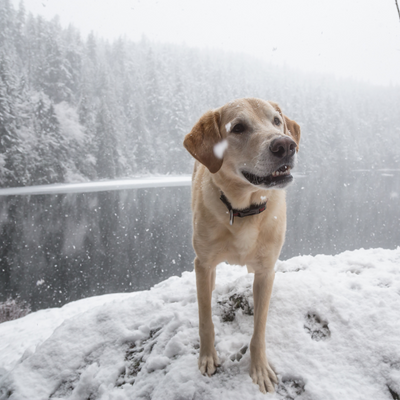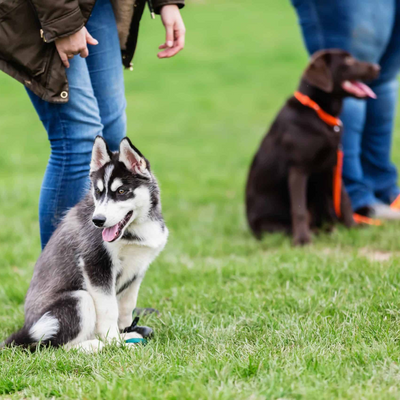February is Pet Dental Health Month! When it comes to grooming your pet, one area that is commonly overlooked is oral hygiene. Taking care of your dog’s teeth is vital to their health and quality of life!
By three years old, most dogs have some degree of dental disease. Dental disease is a painful condition that occurs when plaque, bacteria, and tartar build up on the teeth and get trapped beneath the gumline. Bacteria thrive under the gumline and can cause infections deep in the tooth root and jaw. This infection can spread throughout the body and affect other organs, such as the heart and kidneys. The early signs of dental disease include bad breath, yellow tartar buildup on the teeth, and red and swollen gums.
Brushing your dog’s teeth can feel like a challenge at first, but these steps can help make the experience more comfortable for you and your pet.
- Buy a toothbrush and toothpaste made for dogs. You can find these at most pet stores. There are a variety of toothbrushes including traditional ones and some that slip over your finger. Make sure to ONLY use toothpaste designed for dogs, as some human toothpaste contains ingredients that can be harmful to your pet. Using baking soda instead of toothpaste is not recommended since it can cause an upset stomach if swallowed.
- Sprinkle some Juananip on your dog’s food about 30 minutes before you plan to brush their teeth. When eaten, Juananip has a calming effect which can be great for dogs that have a lot of energy or get anxious when it comes to grooming and teeth brushing.
- Choose a quiet time and well lit place. This will help keep your pet calm and free of distractions.
- Start by rubbing your finger over your dog's teeth. Use a back-and-forth motion and focus on the areas where the gum touches the tooth surface. Make sure to give your dog lots of praise!
- Introduce the toothbrush by touching it to the front, side, and back teeth. Once your dog is comfortable with the toothbrush, apply a small amount of toothpaste to your finger and let him/her taste it.
- Once he/she has accepted the toothpaste, put some on the toothbrush and begin brushing the top teeth, holding their upper lip up. Slowly move to the back and side teeth on top. Your dog may not be willing to cooperate the first few times, which means you may have to gradually work up to brushing all of the teeth at once. Try to brush for approximately 30 seconds per side.
- When the top teeth have been brushed, move to the bottom. Hold the bottom lip down, starting with the front teeth and moving to the side and back. Be sure to focus on the large cheek teeth and canine teeth. These are the places where plaque and tartar build up the fastest!
- Once your dog is tolerating brushing, you can move to the inside of the teeth. This is usually a bit more difficult, so you may have to wait until your dog is more comfortable with the outside of their teeth being brushed, which could take days or weeks.
- Reward your pup for doing such a great job! Our Juananip treats are the perfect treat for positive reinforcement. The goal is to get your dog trained to cooperate with brushing so you can eventually stop offering treats.
The more often you can brush your dog’s teeth, the better - ideally once a day. But let’s be honest, we’re all busy and your dog may not be willing to cooperate! If you can brush your dog’s teeth even 2 or 3 times a week, that is better than nothing. It will take some time and patience to get your dog comfortable with you brushing his/her teeth. Making the experience as positive and stress-free as possible will help your dog acclimate quicker.
Some other helpful tips:
- Wear gloves if possible while brushing your dog’s teeth. Dogs’ mouths are full of bacteria. At the very least, wash your hands with soap and water before and after brushing.
- If you have several dogs, use a different toothbrush for each of them and rinse them well once you’re finished brushing. Replace the toothbrush every three months.
- Dental chews are another great way to knock plaque off teeth and keep your dog’s breath fresh. There are lots of options out there, but here is a list of approved products by the Veterinary Oral Health Council http://www.vohc.org/VOHCAcceptedProductsTable_Dogs.pdf. When in doubt, ask your veterinarian for a recommendation.


